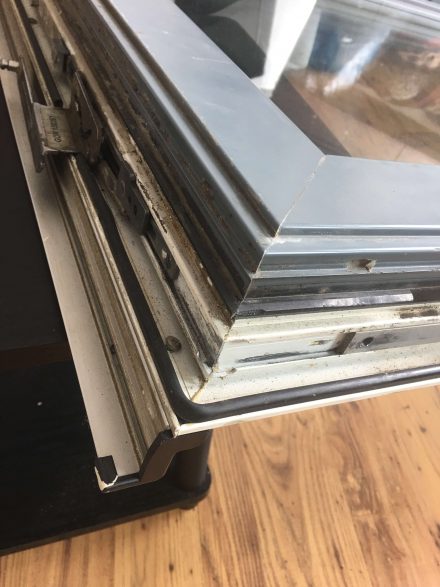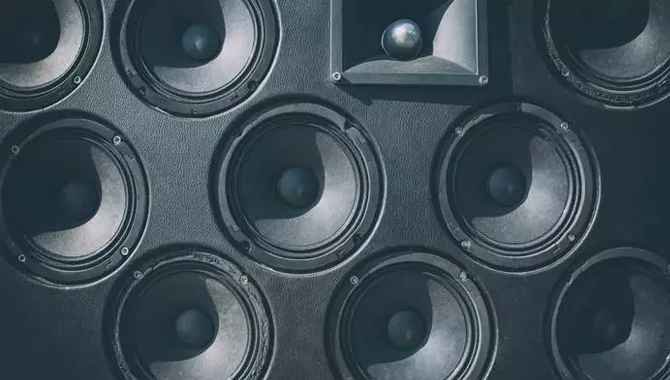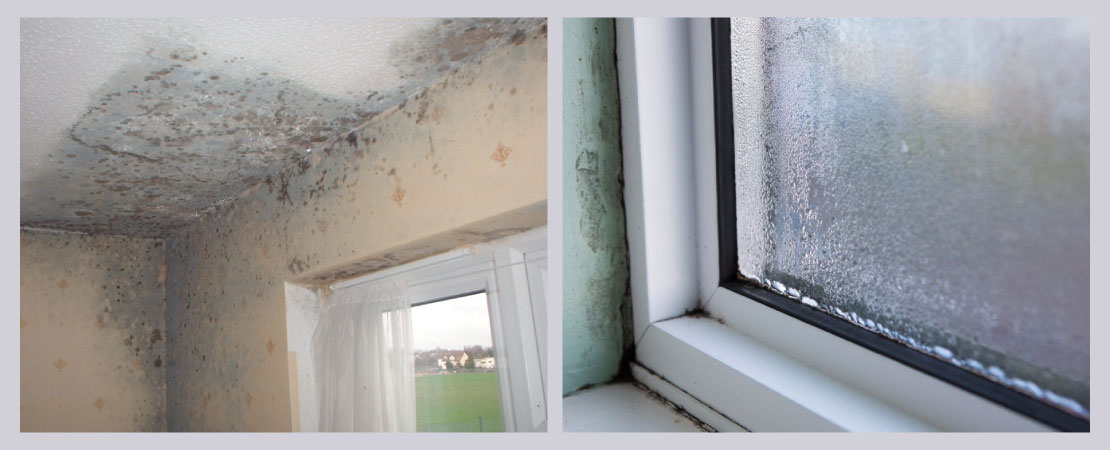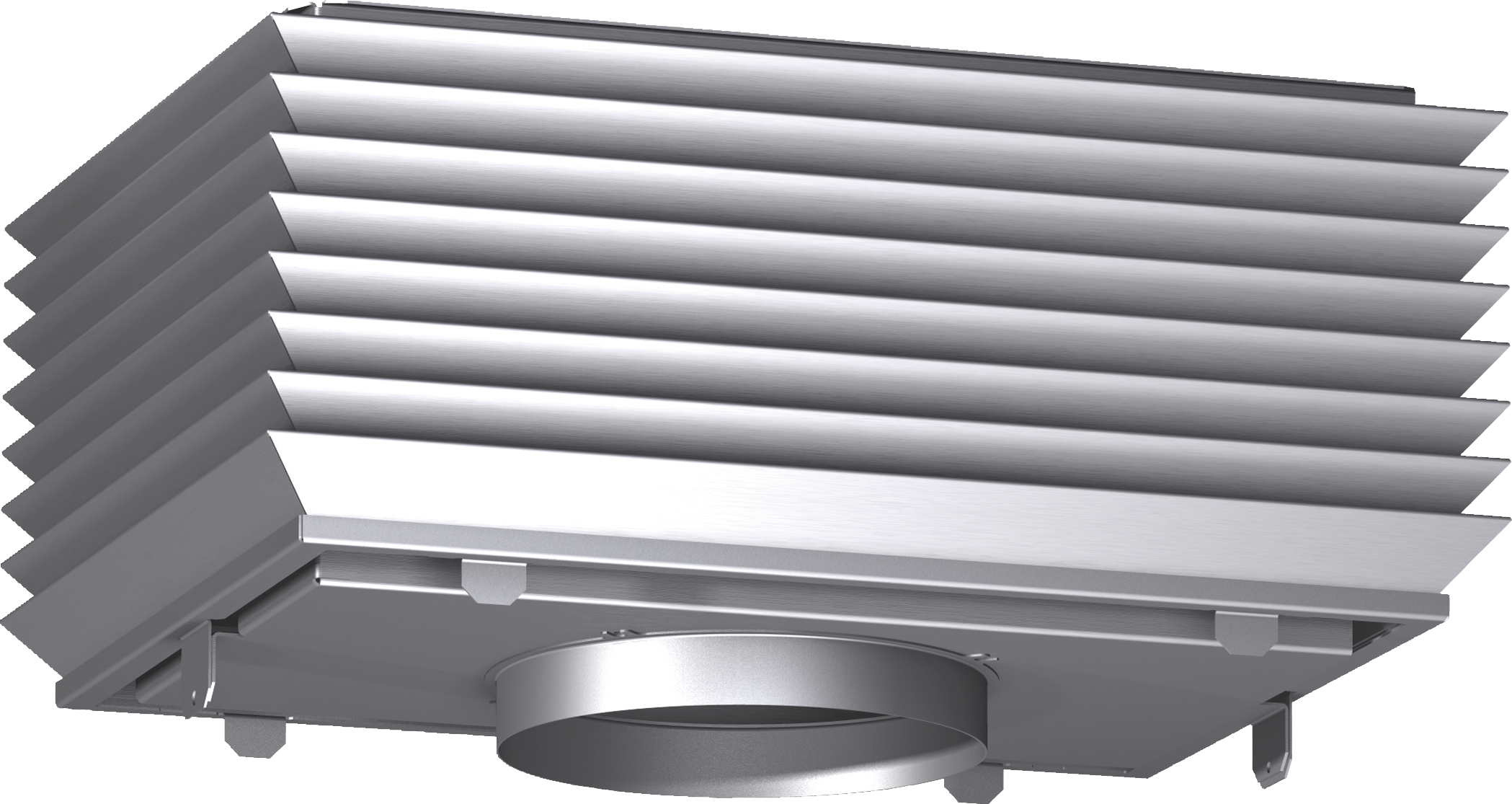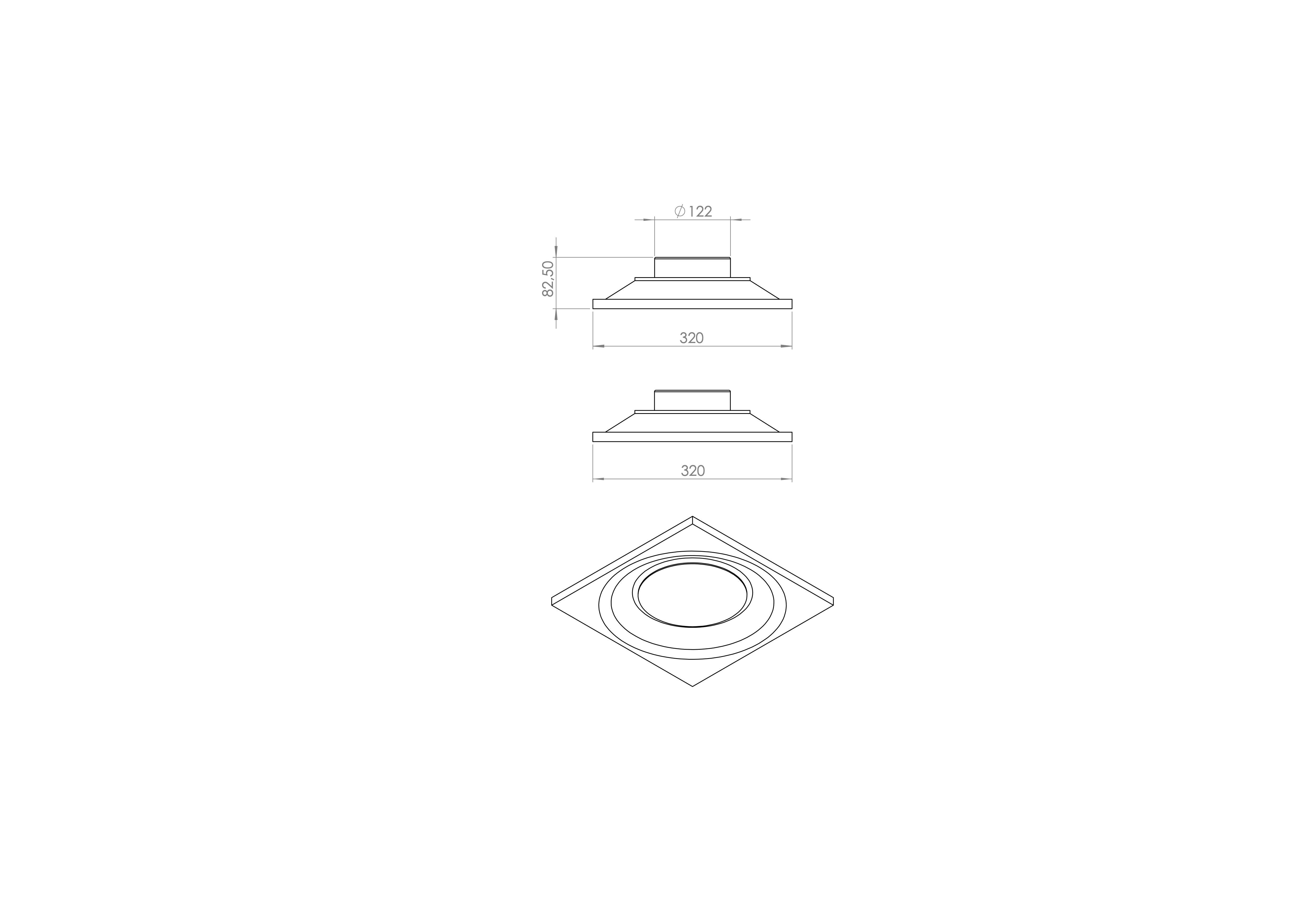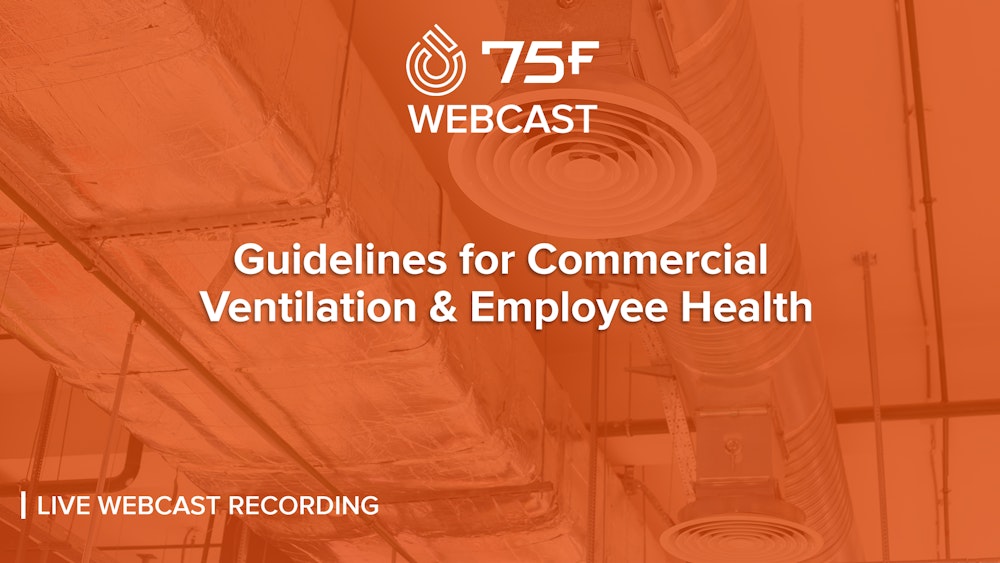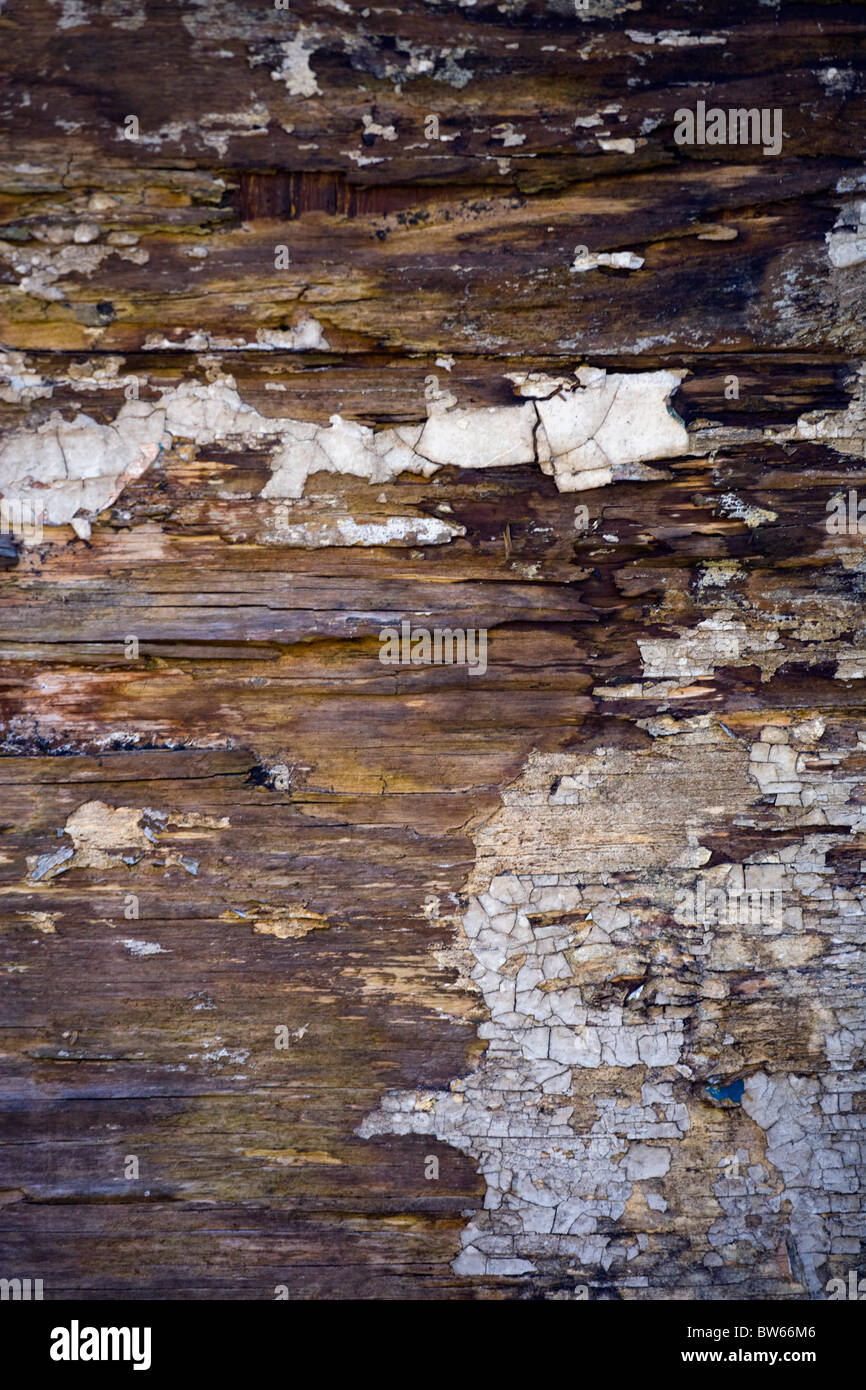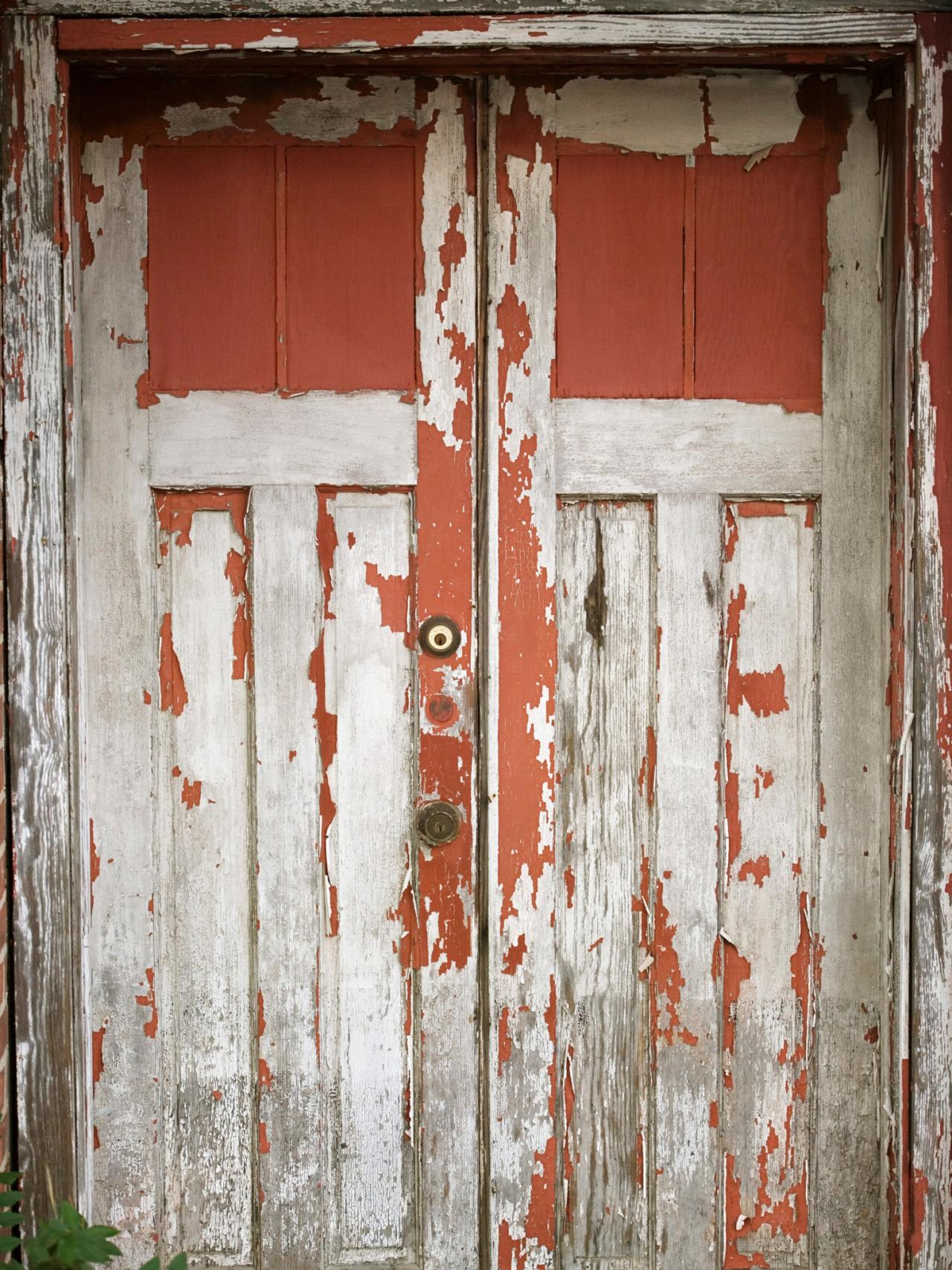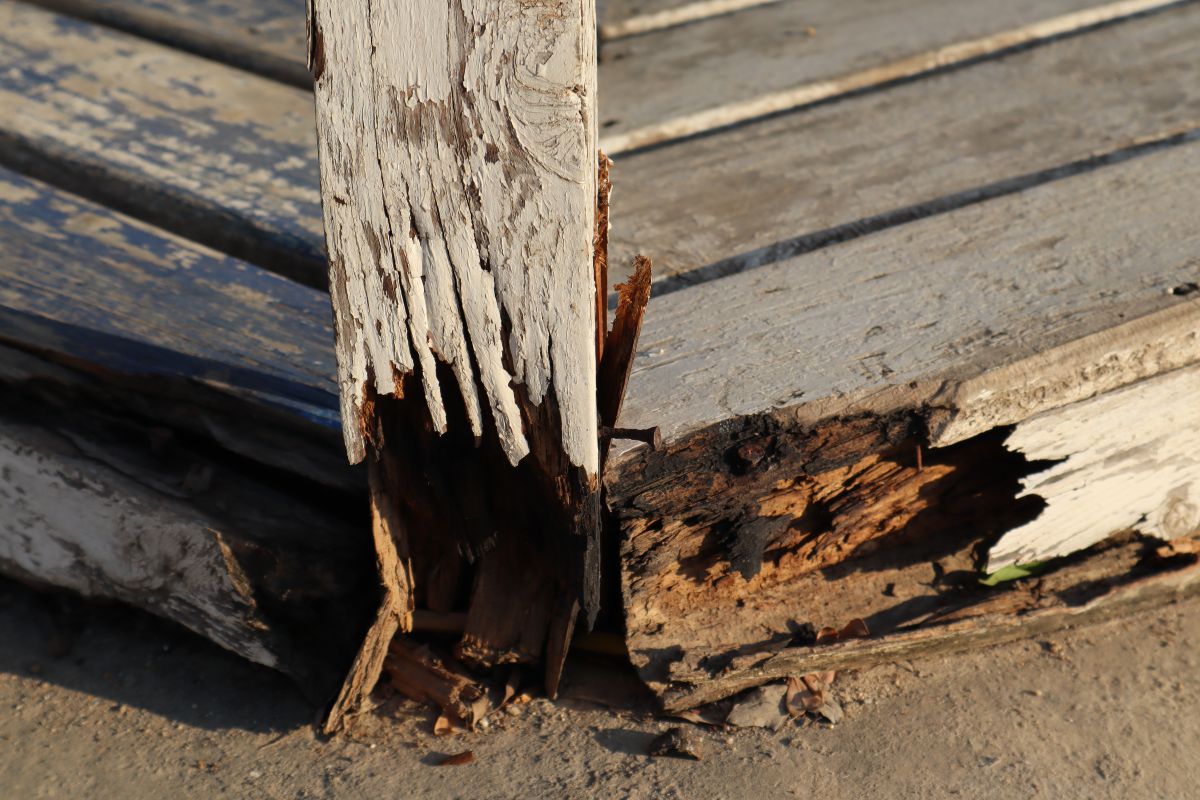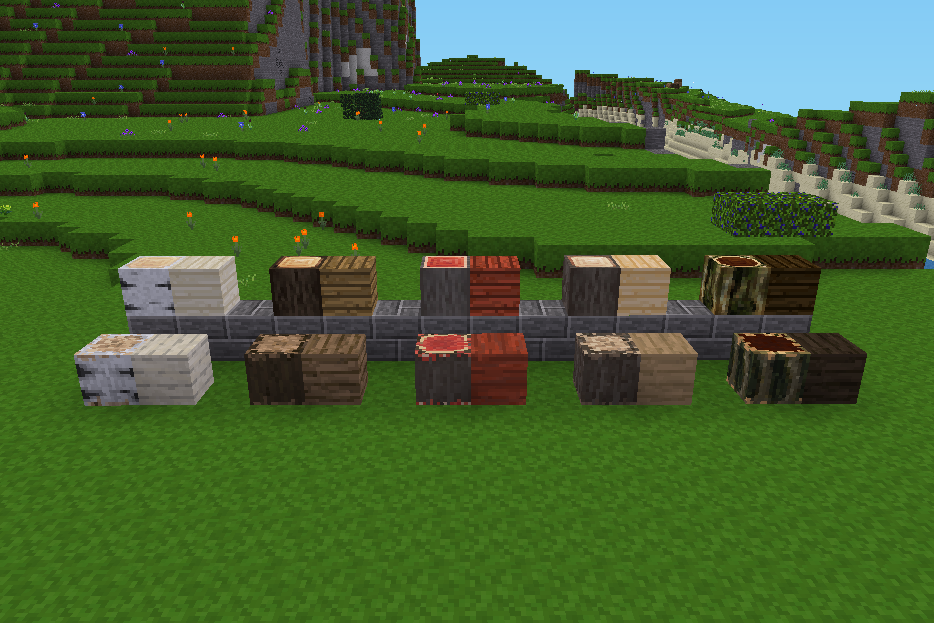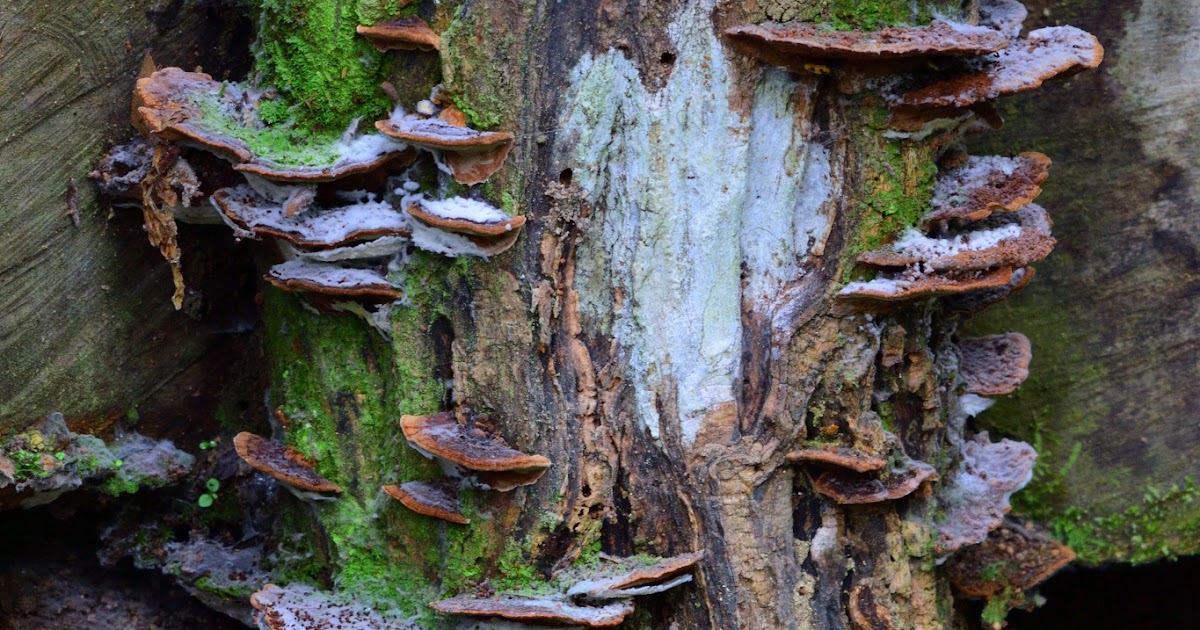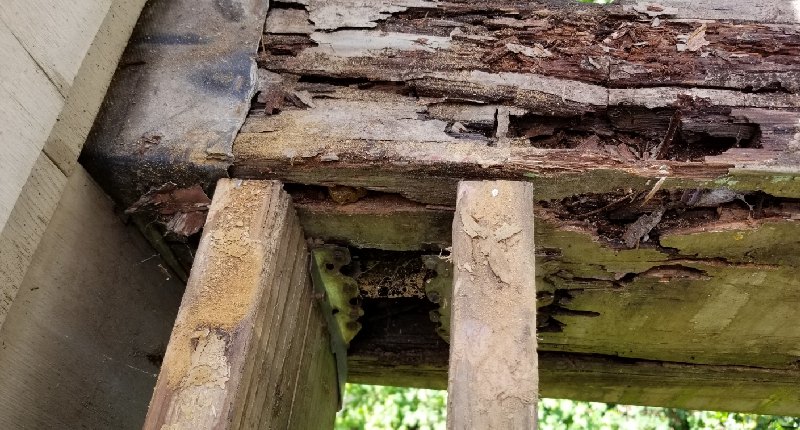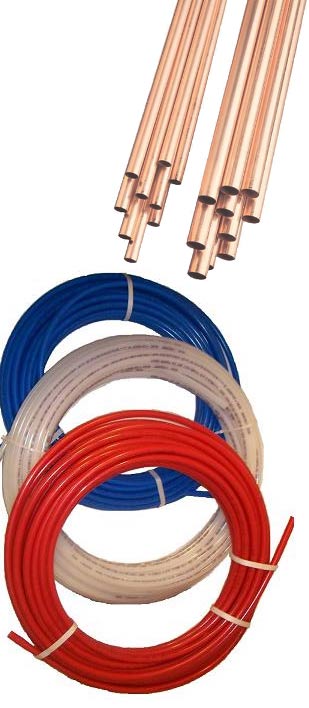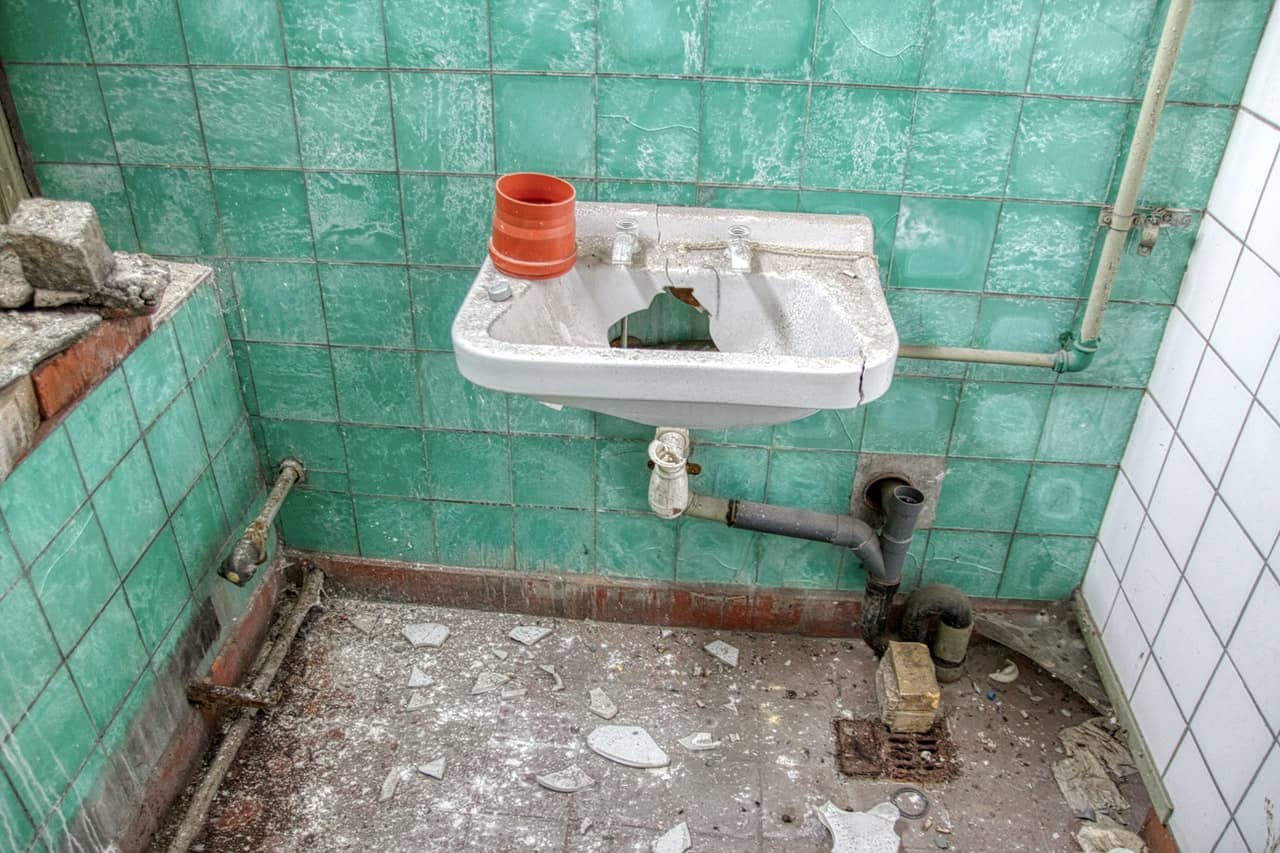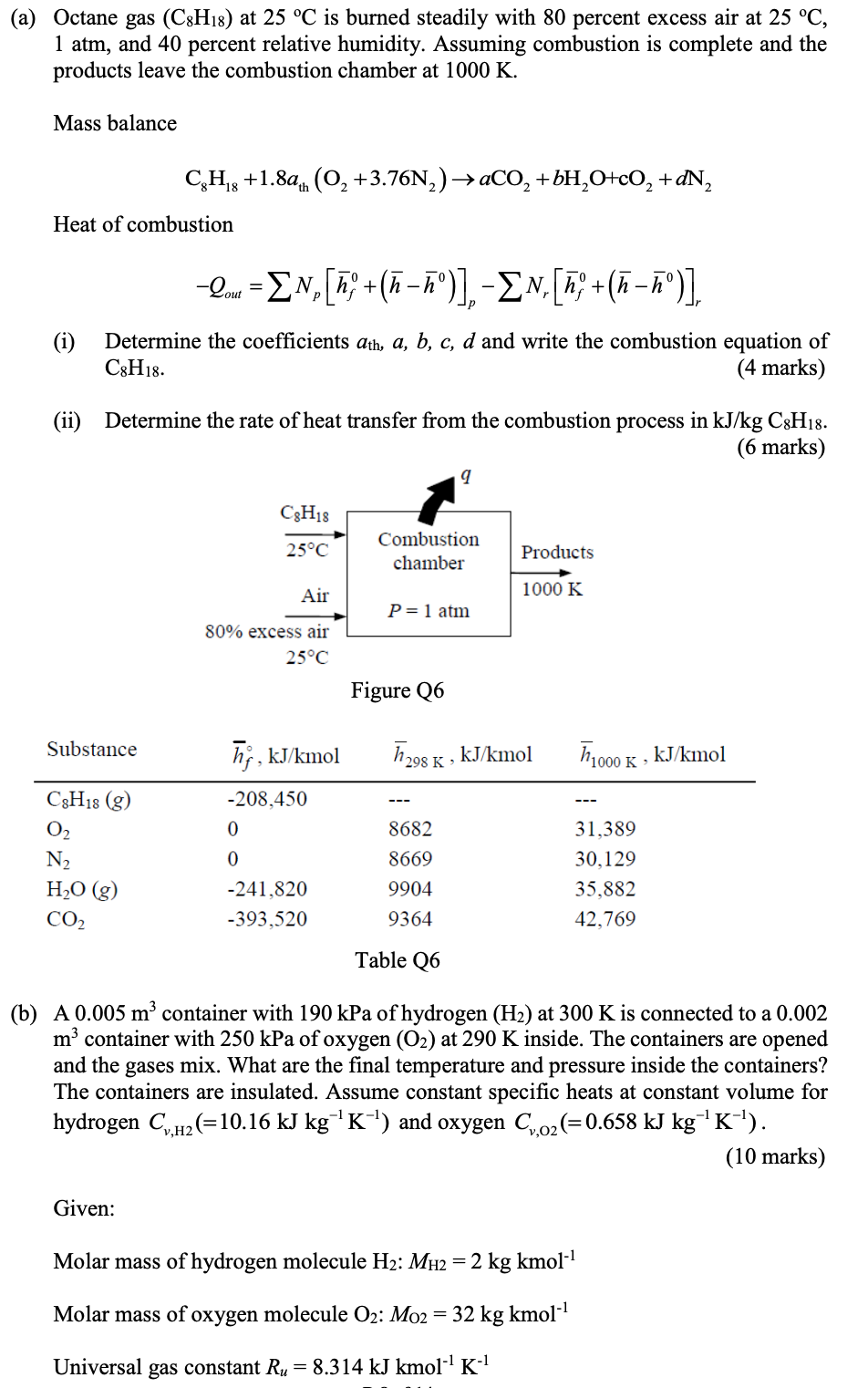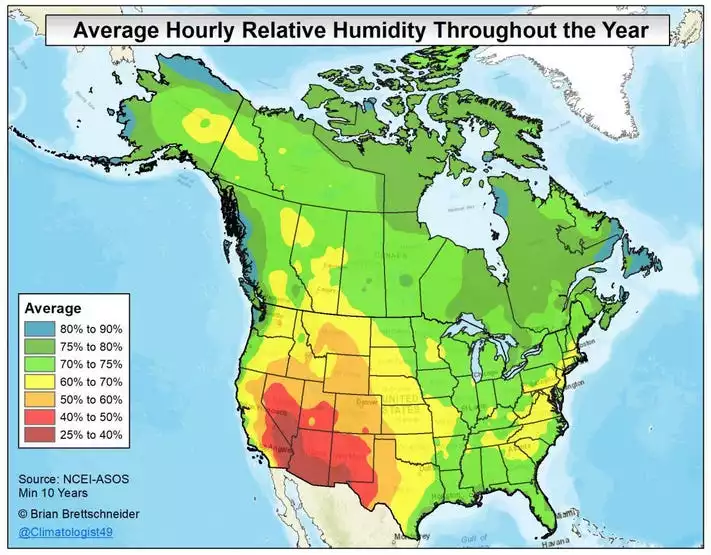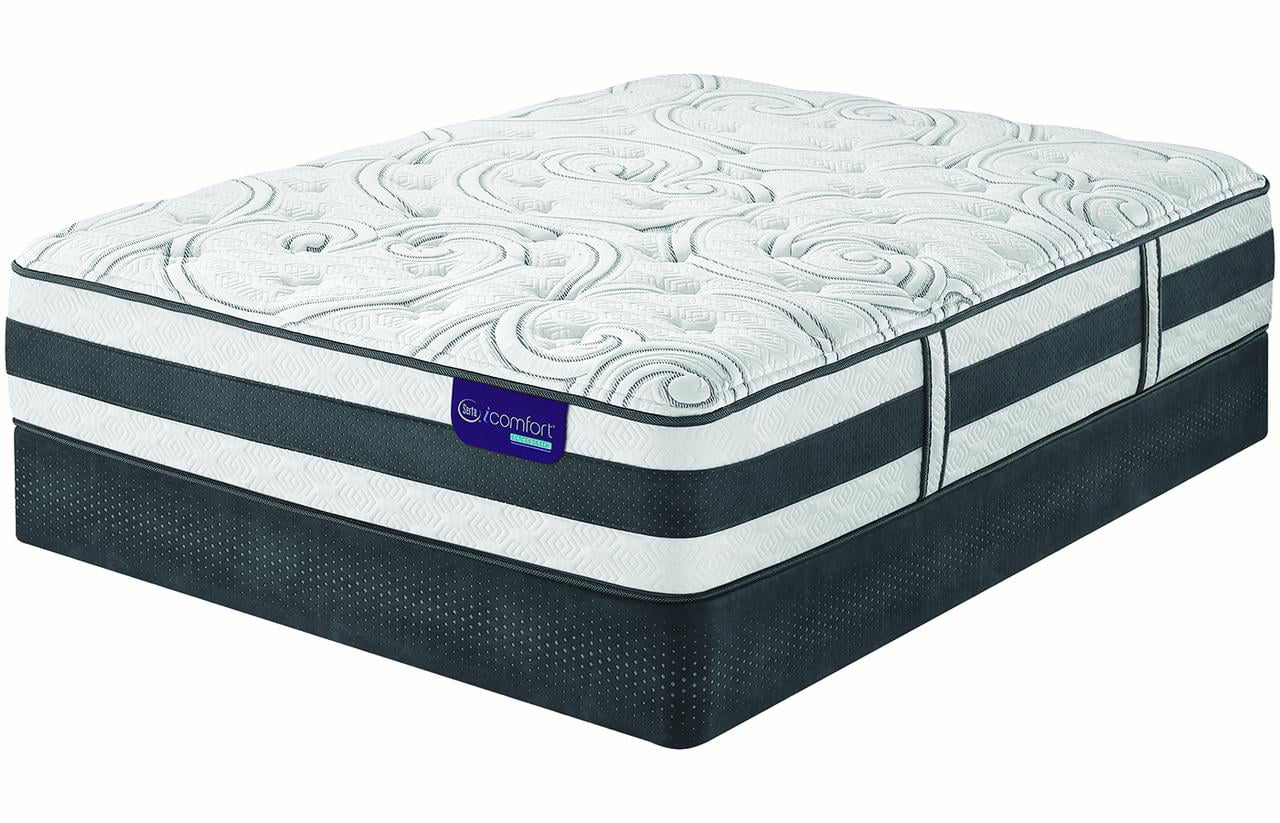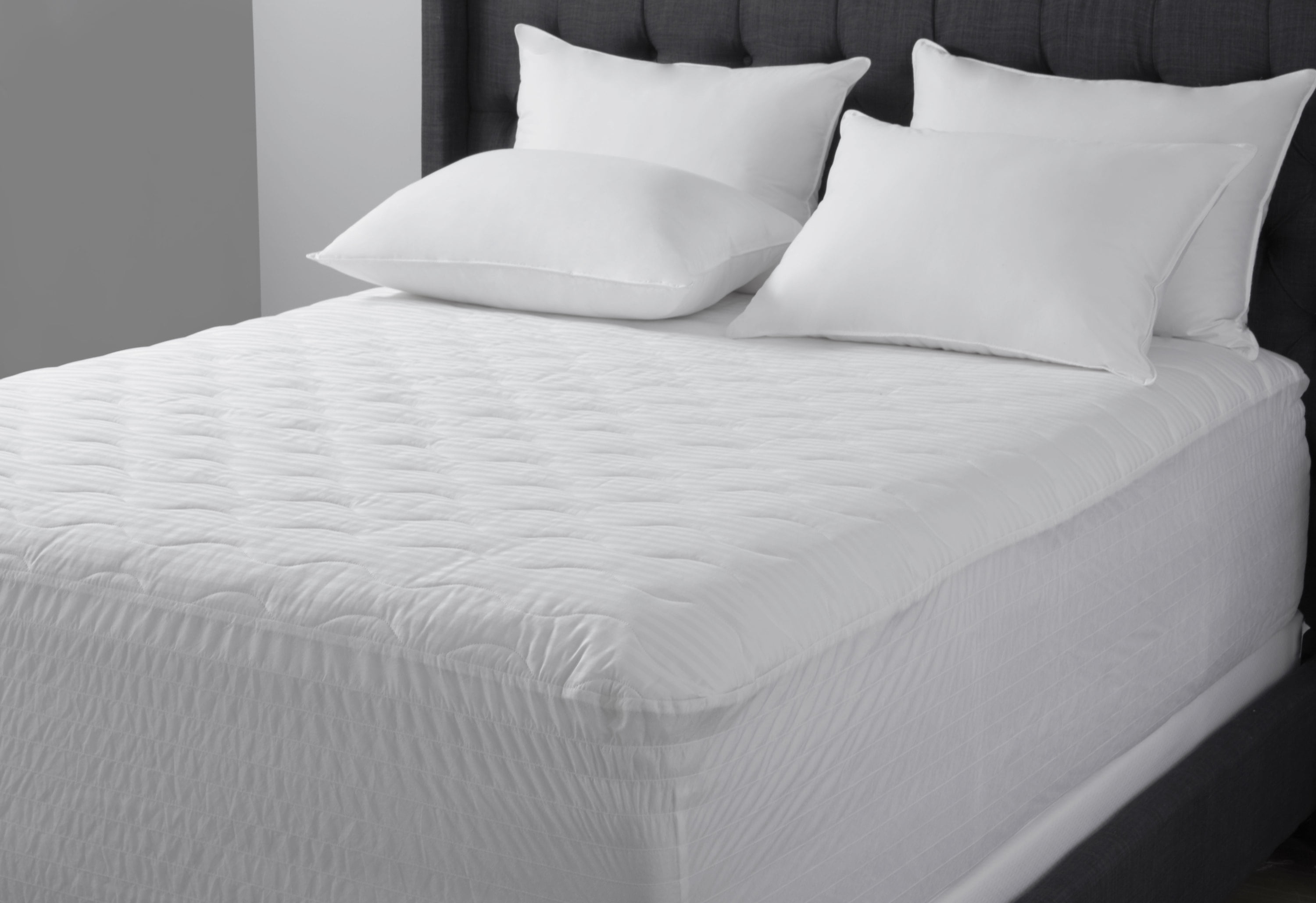One of the most common issues that homeowners face under their kitchen sink is leaky pipes. These can be caused by a variety of factors such as age, corrosion, or poor installation. Not only can leaky pipes lead to water damage, but they can also waste a significant amount of water and increase your utility bills. It's important to address this issue as soon as possible to avoid further damage and expense.1. Leaky Pipes
Water damage is a serious concern when it comes to the area under your kitchen sink. If left unchecked, even a small leak can cause extensive damage to your cabinets, flooring, and walls. This can lead to costly repairs and even mold growth. Regularly checking for and addressing any signs of water damage is crucial in maintaining the structural integrity of your kitchen and preventing any potential health hazards.2. Water Damage
Mold thrives in dark, damp environments, making the area under your kitchen sink a prime breeding ground. If there is any standing water or excessive moisture, mold can quickly grow and spread, causing potential health issues for you and your family. Regularly cleaning and maintaining this area can help prevent mold growth, but if you do notice any signs of mold, it's important to address it immediately.3. Mold Growth
Another common issue under kitchen sinks is condensation, which occurs when the warm, moist air from inside the sink cabinet comes into contact with the cold plumbing pipes. This can lead to moisture buildup and potential damage to the surrounding materials. Proper ventilation and insulation can help prevent condensation and protect your cabinets from damage.4. Condensation
A clogged drain is not only a nuisance, but it can also cause water to back up and potentially damage the area under your kitchen sink. This can be caused by a variety of factors, such as food particles, grease, or even foreign objects that have been accidentally dropped down the drain. Regularly cleaning your drains and being mindful of what goes down them can help prevent clogs and potential damage.5. Clogged Drain
The seal around your kitchen sink can deteriorate over time, leading to water leaks and potential damage. This can be caused by age, wear and tear, or improper installation. Regularly checking and replacing the seal can help prevent any water leaks and damage to the surrounding materials.6. Faulty Seal
Proper ventilation is crucial in preventing excess moisture and humidity under your kitchen sink. Without proper ventilation, moisture can build up and lead to mold growth, water damage, and even structural issues. Installing a vent or fan can help circulate air and prevent these issues from occurring.7. Improper Ventilation
Wood is a common material used in kitchen cabinets, but it is susceptible to rot when exposed to excess moisture. This can lead to structural issues and even attract pests. Regularly checking for any signs of rot and addressing them promptly can help preserve the integrity of your cabinets and prevent potential safety hazards.8. Rotting Wood
Sometimes, the issue under your kitchen sink may not be caused by the sink itself, but rather by plumbing issues. These can range from small leaks to major pipe bursts, all of which can cause significant damage to the area under your sink. It's important to regularly check your plumbing and address any issues as soon as they arise to prevent further damage.9. Plumbing Issues
Excess humidity can be a major issue under kitchen sinks, especially in areas with high levels of moisture. This can lead to mold growth, water damage, and even pest infestations. Using a dehumidifier or regularly running a fan or vent can help reduce humidity levels and prevent these issues from occurring.10. Excess Humidity
Damp Under Kitchen Sink: Causes and Solutions
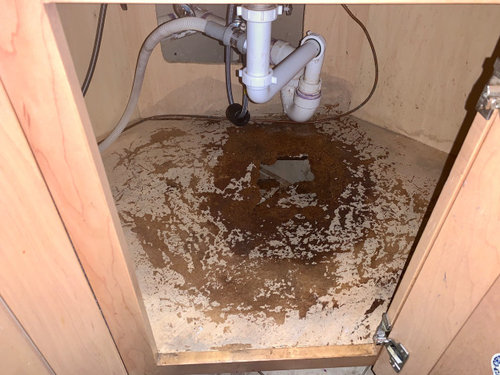
Introduction
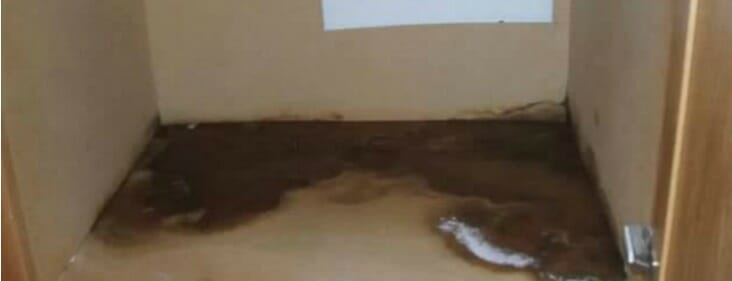 Having a damp under kitchen sink is a common problem that many homeowners face. Not only is it unsightly, but it can also lead to more serious issues such as mold growth and water damage. Therefore, it is important to address this issue as soon as possible. In this article, we will discuss the main causes of a damp under kitchen sink and provide solutions to help you tackle this problem.
Having a damp under kitchen sink is a common problem that many homeowners face. Not only is it unsightly, but it can also lead to more serious issues such as mold growth and water damage. Therefore, it is important to address this issue as soon as possible. In this article, we will discuss the main causes of a damp under kitchen sink and provide solutions to help you tackle this problem.
Main Causes of Damp Under Kitchen Sink
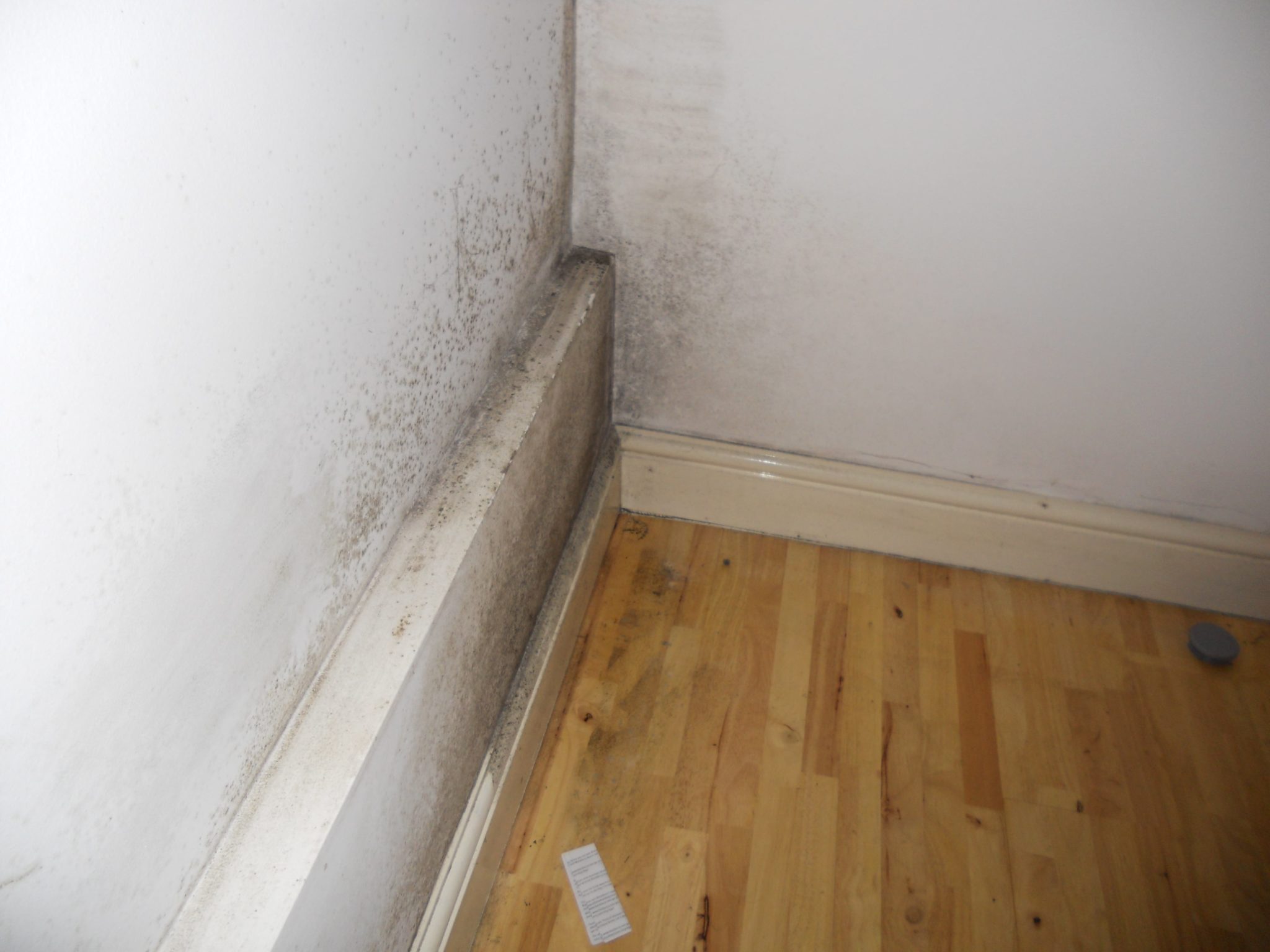 There are several reasons why you may have dampness under your kitchen sink. The most common ones are:
Leaky Pipes:
The most obvious cause of dampness under the kitchen sink is leaky pipes. Over time, the pipes may develop cracks or holes, causing water to seep out and accumulate under the sink.
Poor Ventilation:
If your kitchen sink area is poorly ventilated, it can lead to condensation. When warm, moist air comes into contact with a cold surface, such as the pipes under the sink, it creates condensation. This can result in dampness and even mold growth.
Water Splashes:
When you use your kitchen sink, water can splash around and collect in the cabinet under the sink. If not dried properly, this can lead to dampness.
There are several reasons why you may have dampness under your kitchen sink. The most common ones are:
Leaky Pipes:
The most obvious cause of dampness under the kitchen sink is leaky pipes. Over time, the pipes may develop cracks or holes, causing water to seep out and accumulate under the sink.
Poor Ventilation:
If your kitchen sink area is poorly ventilated, it can lead to condensation. When warm, moist air comes into contact with a cold surface, such as the pipes under the sink, it creates condensation. This can result in dampness and even mold growth.
Water Splashes:
When you use your kitchen sink, water can splash around and collect in the cabinet under the sink. If not dried properly, this can lead to dampness.
Solutions to Damp Under Kitchen Sink
 Now that we know the main causes of dampness under the kitchen sink, let's discuss some solutions to address this issue.
Fix Leaky Pipes:
If you notice any leaks in your pipes, it is essential to get them fixed as soon as possible. You can either do it yourself or hire a professional plumber for more complex issues.
Improve Ventilation:
To prevent condensation, make sure your kitchen is well-ventilated. You can install an extractor fan or open a window when cooking to allow moist air to escape.
Use a Splash Guard:
To prevent water from splashing under the sink, you can install a splash guard. This will help contain the water and prevent it from seeping into the cabinet.
Now that we know the main causes of dampness under the kitchen sink, let's discuss some solutions to address this issue.
Fix Leaky Pipes:
If you notice any leaks in your pipes, it is essential to get them fixed as soon as possible. You can either do it yourself or hire a professional plumber for more complex issues.
Improve Ventilation:
To prevent condensation, make sure your kitchen is well-ventilated. You can install an extractor fan or open a window when cooking to allow moist air to escape.
Use a Splash Guard:
To prevent water from splashing under the sink, you can install a splash guard. This will help contain the water and prevent it from seeping into the cabinet.
Conclusion
 In conclusion, a damp under kitchen sink can be caused by leaky pipes, poor ventilation, or water splashes. It is important to identify the root cause and address it promptly to prevent further damage. By following the solutions mentioned above, you can effectively tackle this issue and keep your kitchen clean and dry.
In conclusion, a damp under kitchen sink can be caused by leaky pipes, poor ventilation, or water splashes. It is important to identify the root cause and address it promptly to prevent further damage. By following the solutions mentioned above, you can effectively tackle this issue and keep your kitchen clean and dry.


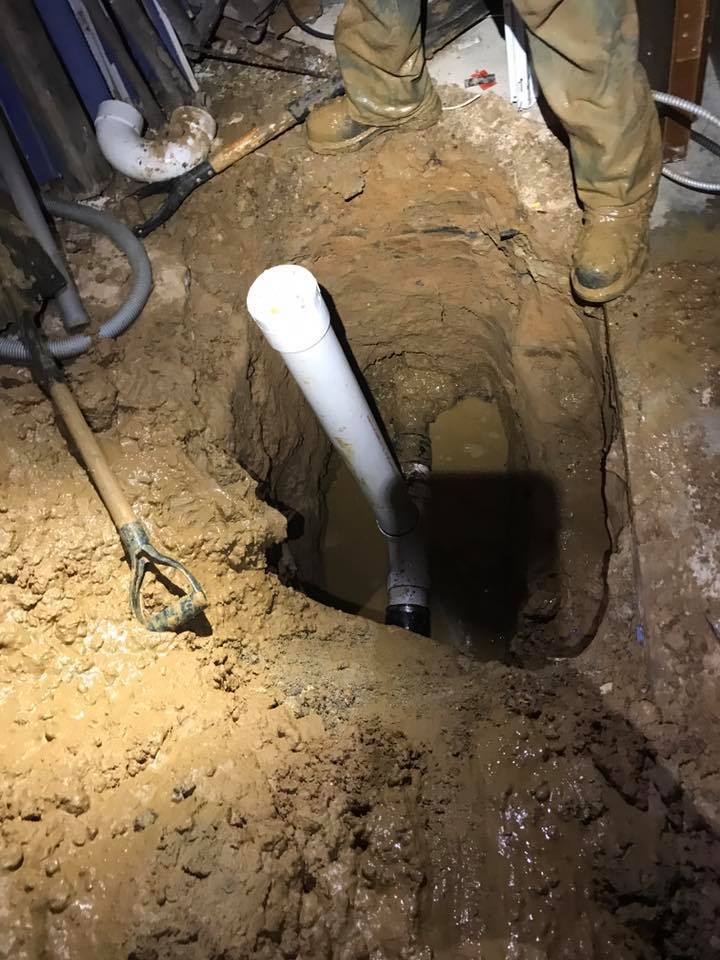

/pvc-joint-repair-2718924-color-FINAL-86df124f8a7647adb2aa514759a37d39.png)

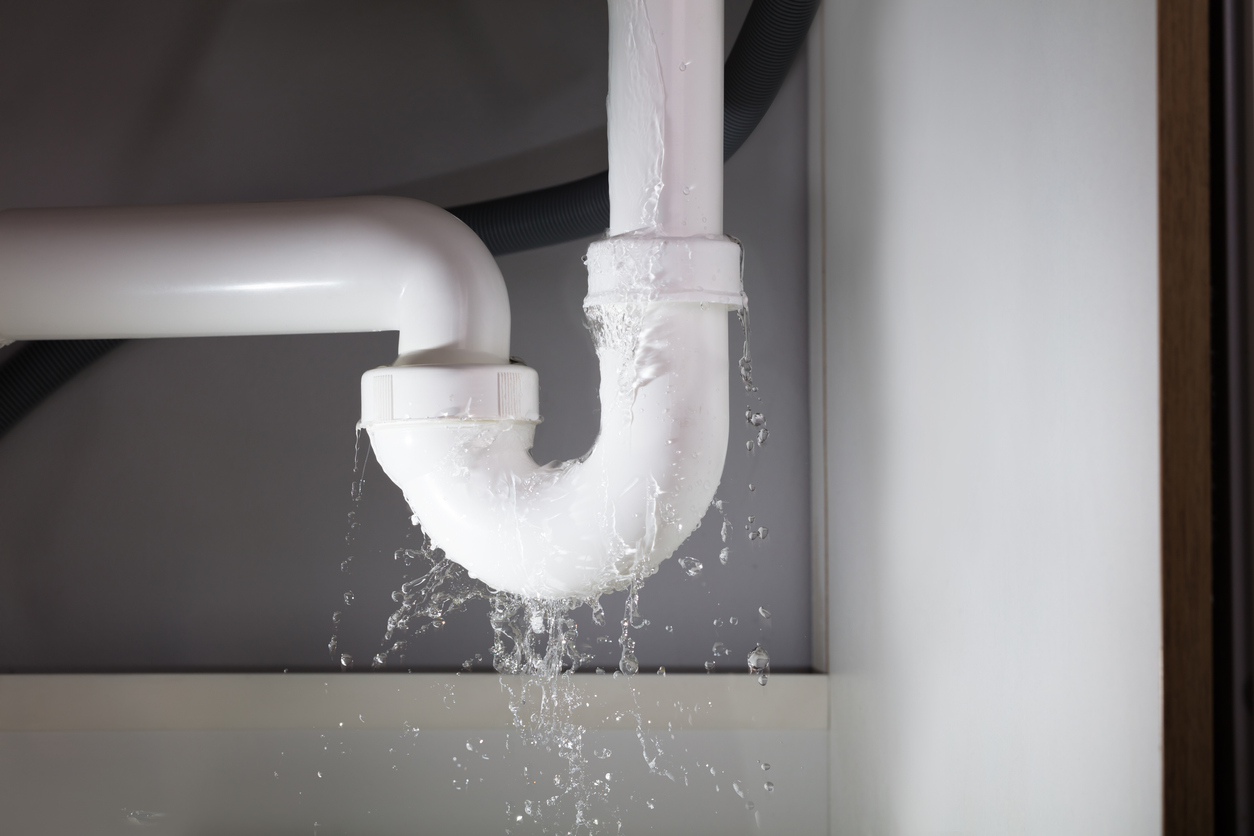

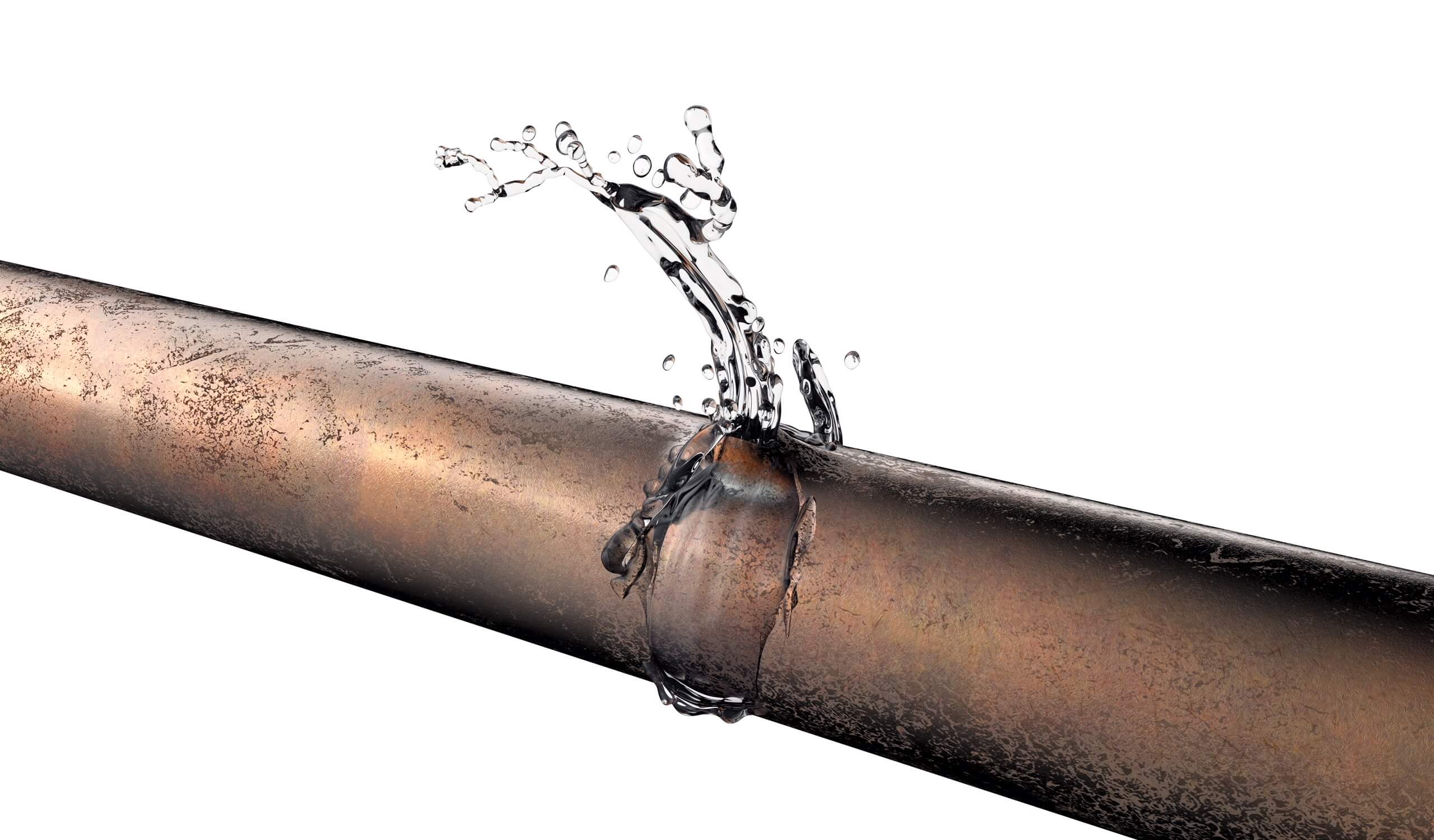
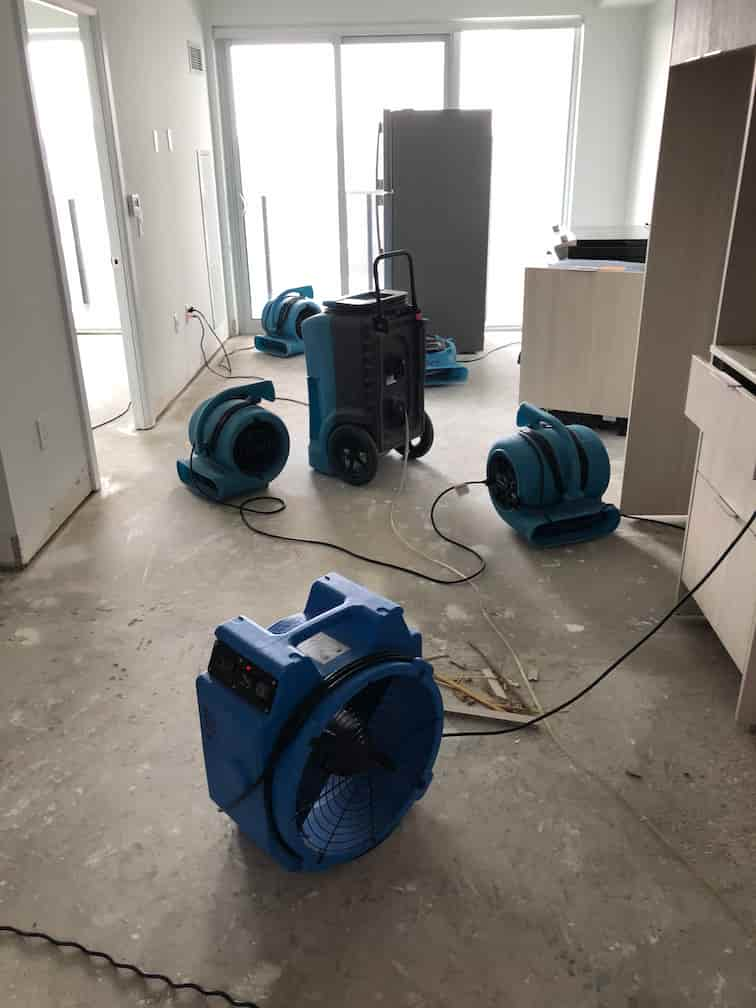



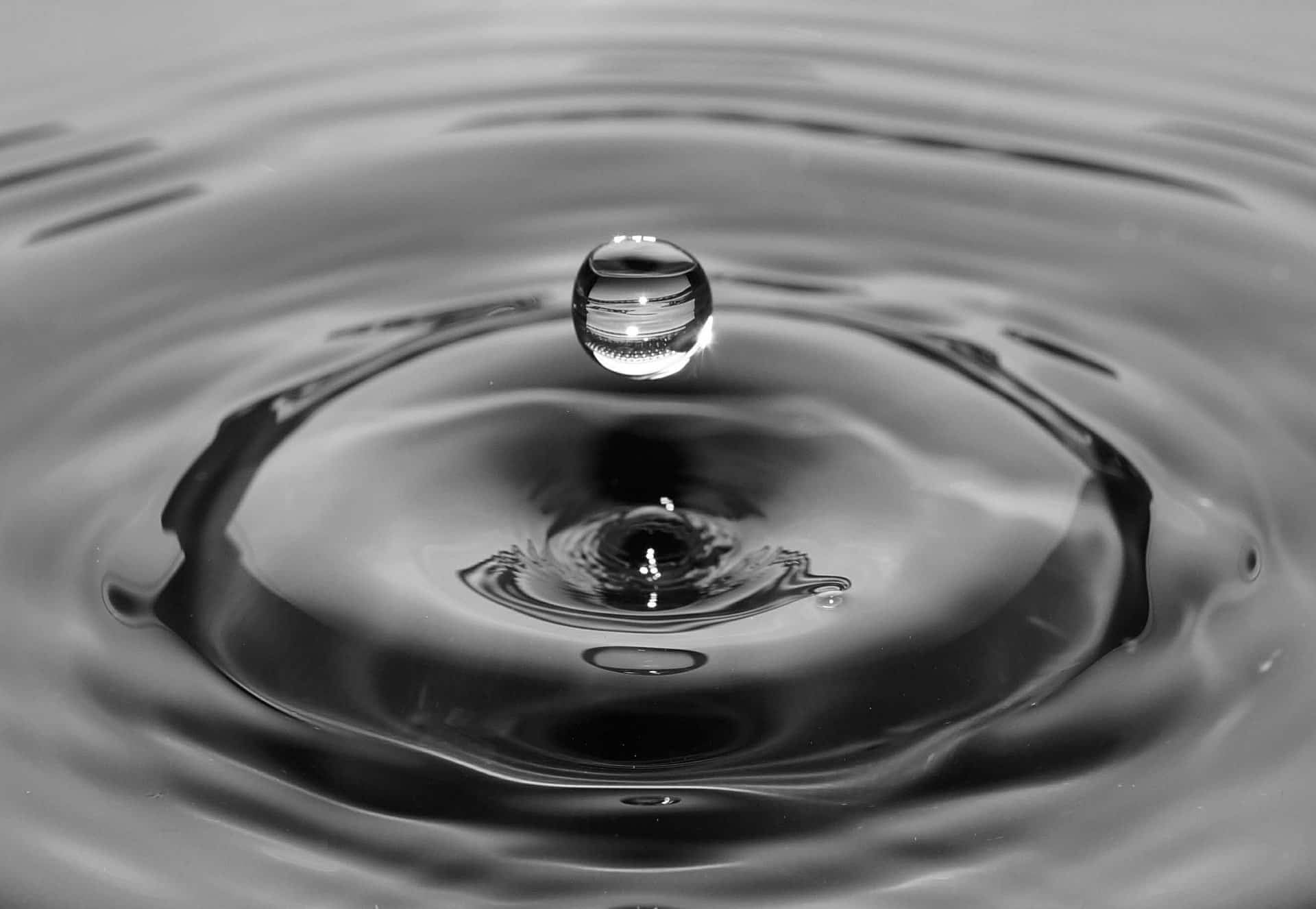




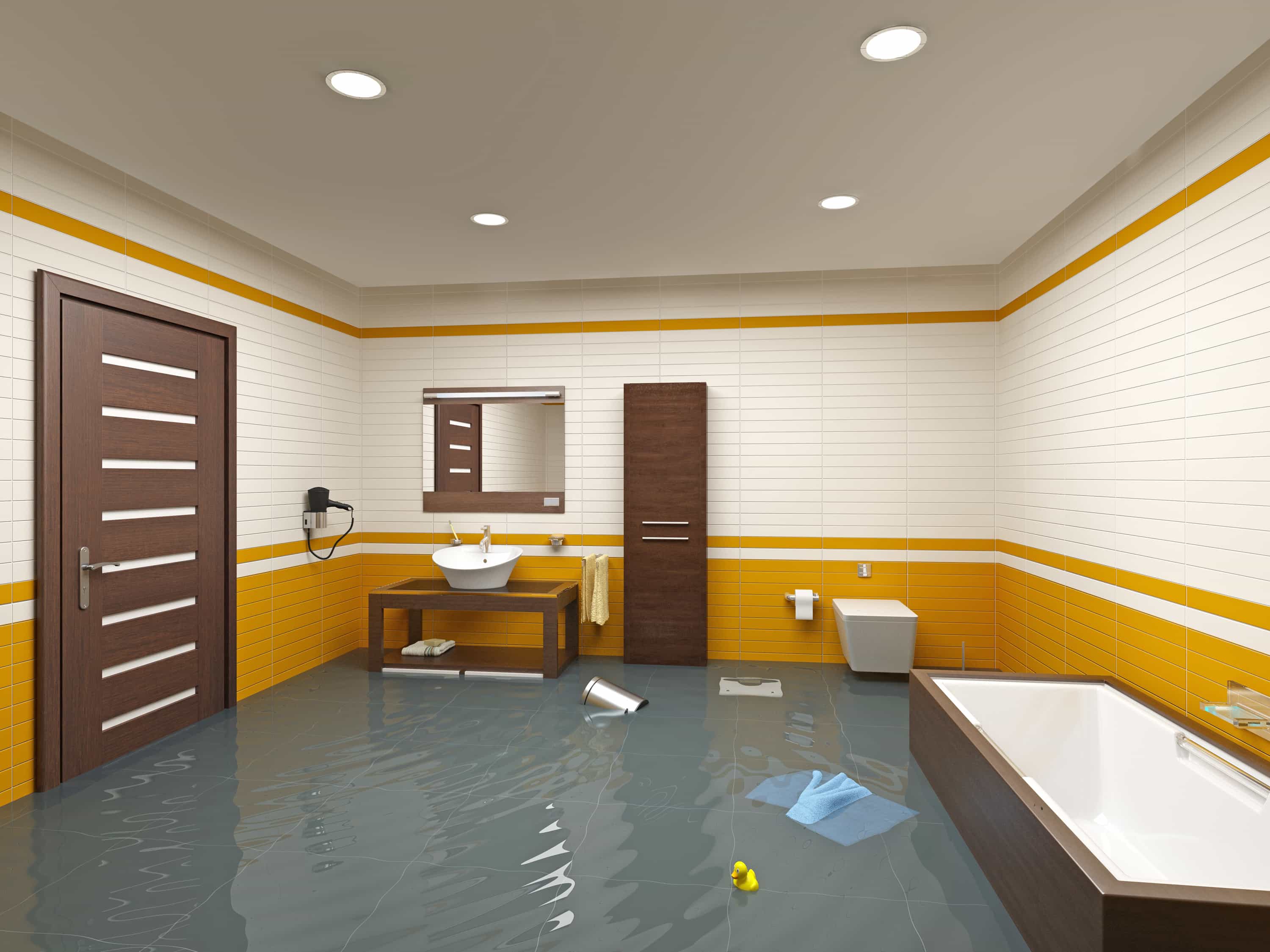








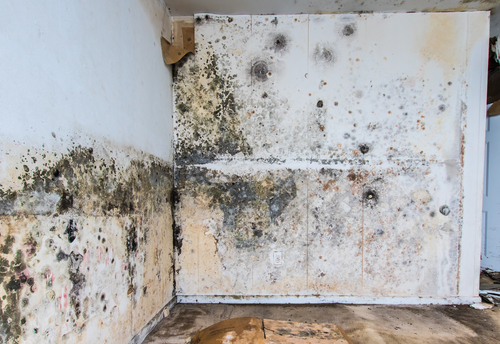











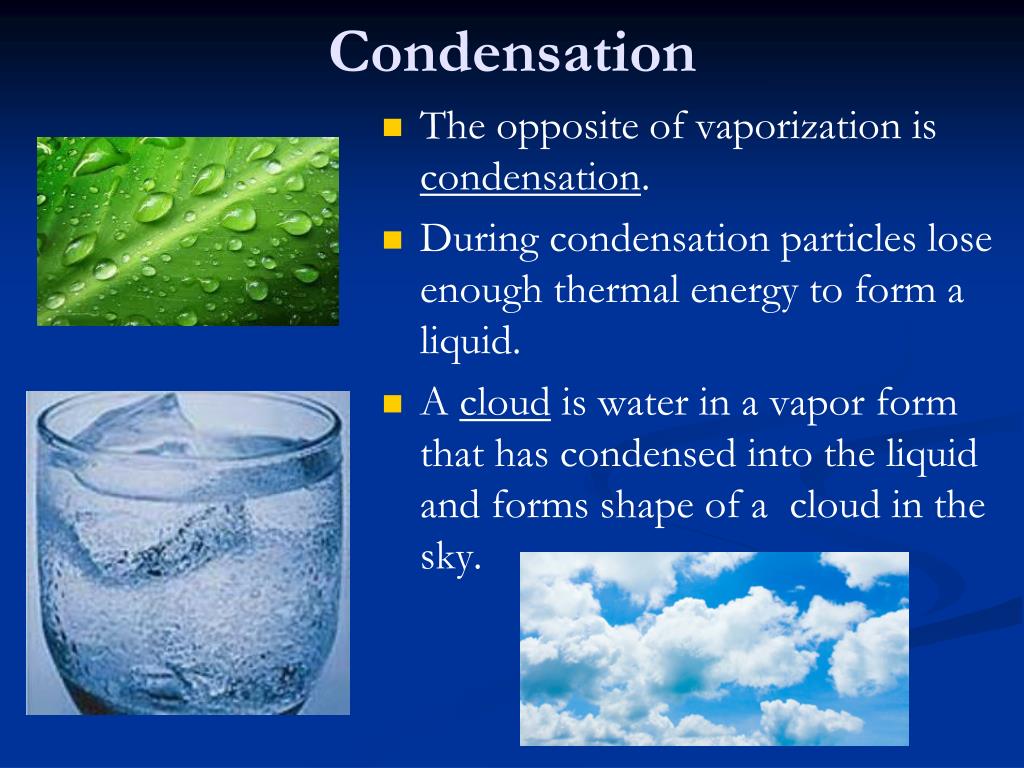

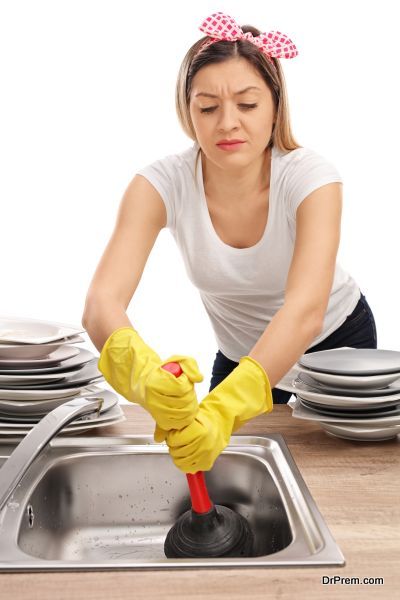



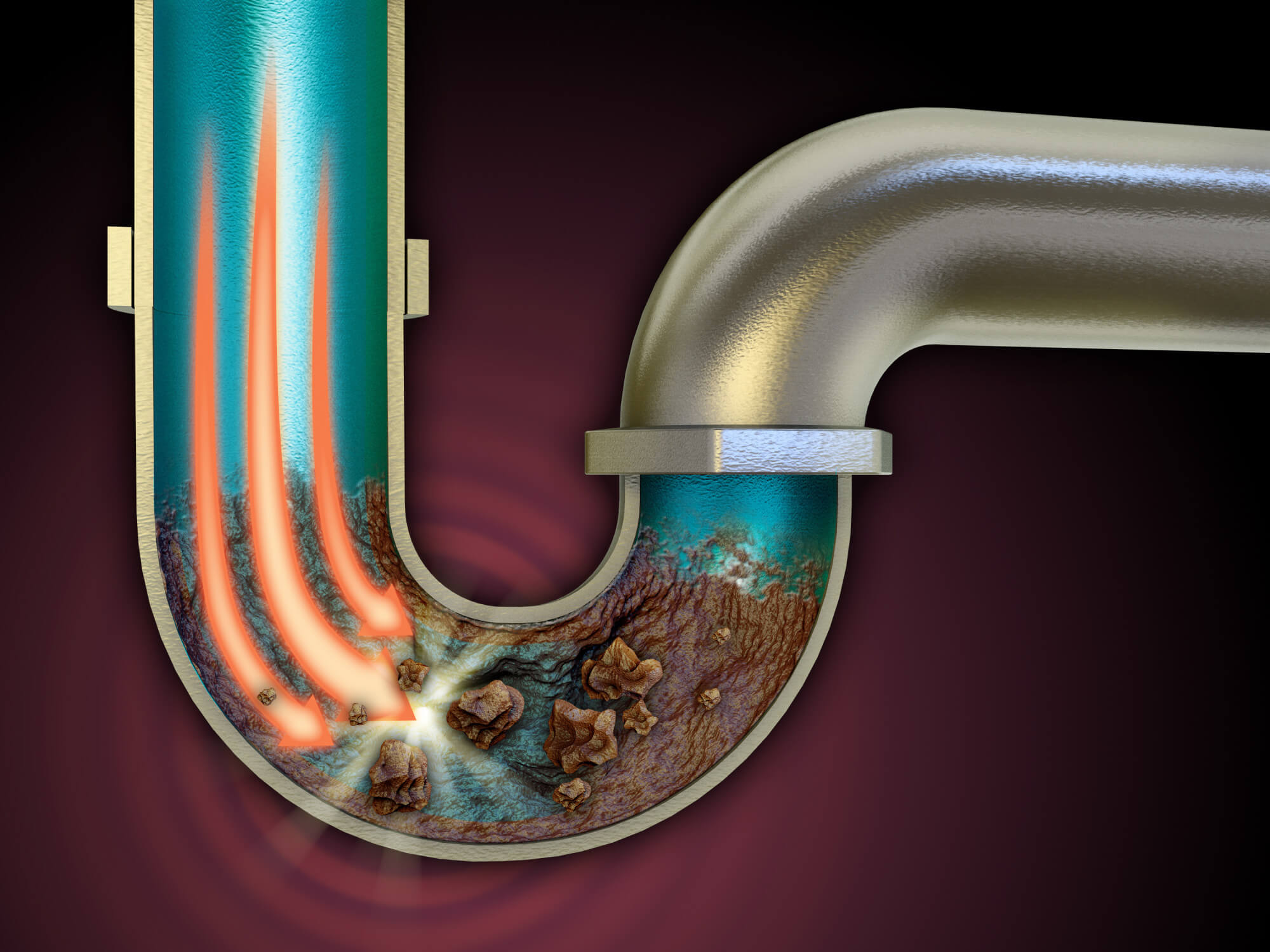



/cdn.vox-cdn.com/uploads/chorus_asset/file/19616741/drain_xl_0.jpg)


/freshen-and-unclog-drain-with-baking-soda-1900466-17-20179d73b7a2455797ebc6a5f5bf7479.jpg)
